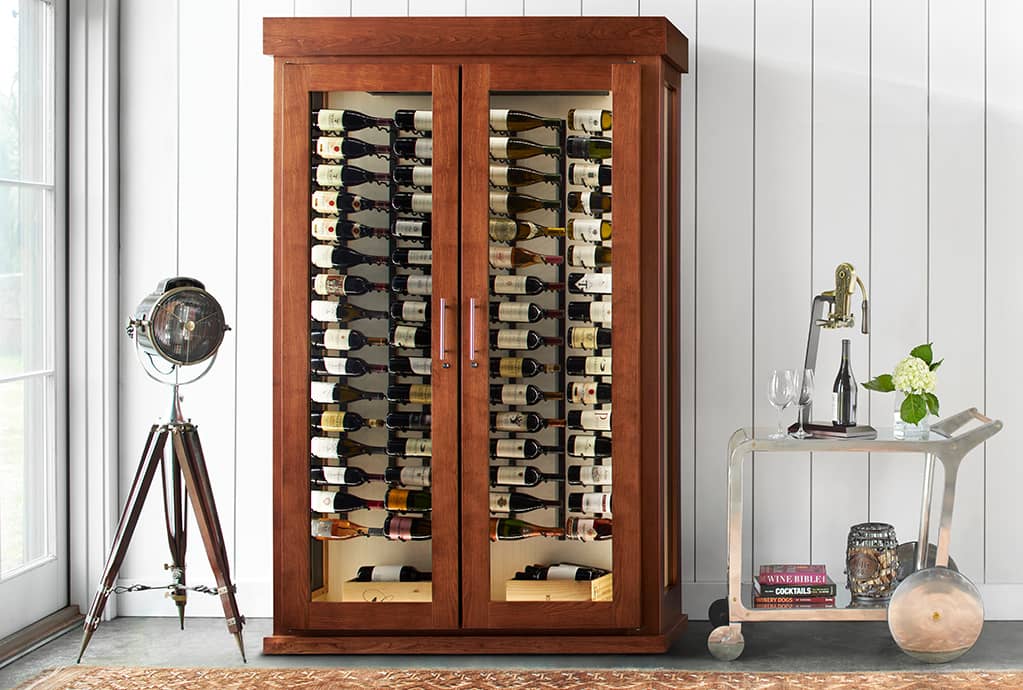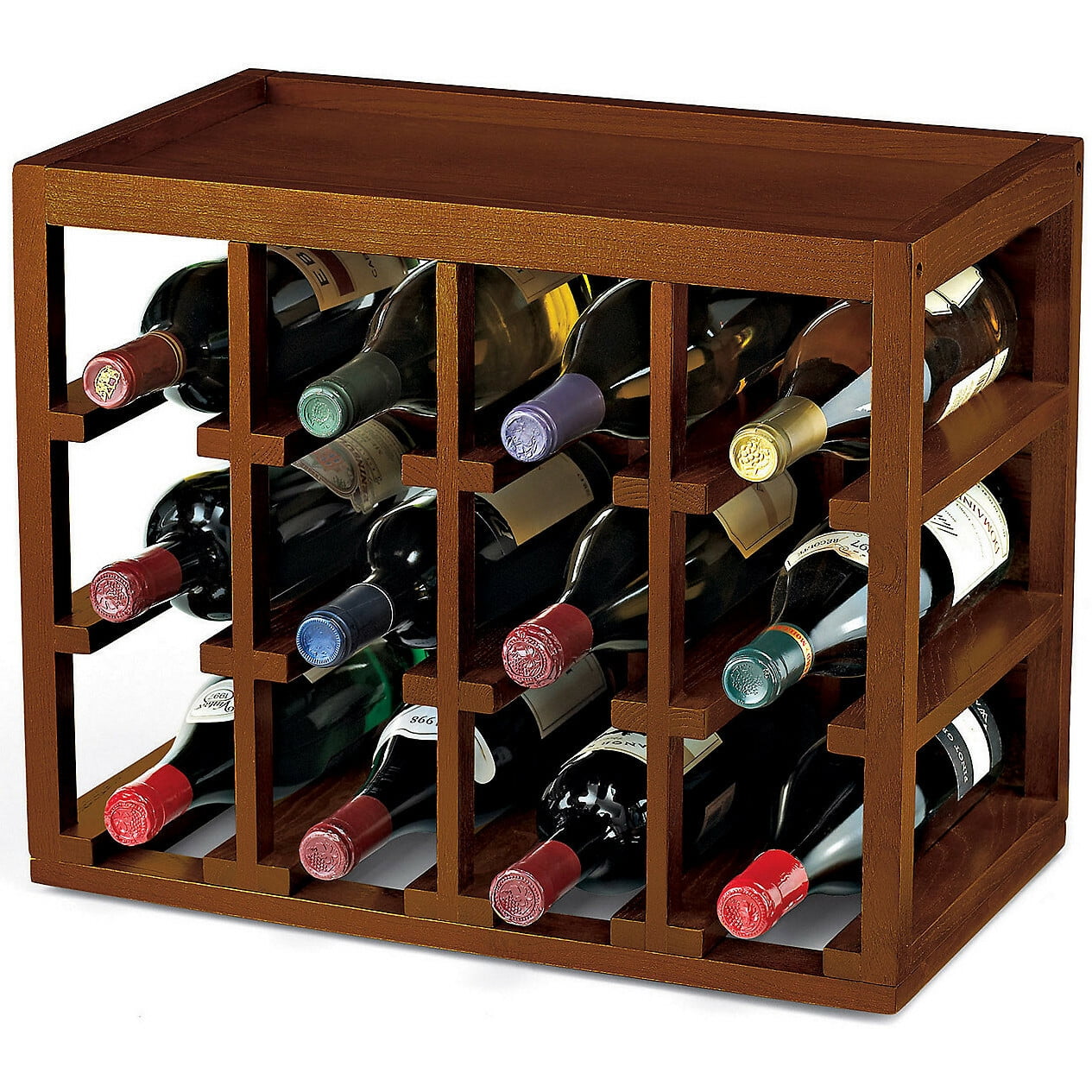Planning Your DIY Wine Fridge Cabinet

Crafting a custom wine fridge cabinet is an exciting project that allows you to create a personalized storage solution for your cherished collection. Whether you’re a seasoned oenophile or just starting your wine journey, a well-designed cabinet will ensure your bottles are stored at the optimal temperature and humidity levels, preserving their quality and enhancing your enjoyment.
Choosing the Right Wine Fridge Type
The first step in your DIY project is selecting the appropriate type of wine fridge. Wine fridges are available in various styles to suit different needs and preferences. Here are the most common types:
- Freestanding Wine Fridges: These are independent units that can be placed anywhere in your kitchen or dining room. They offer flexibility in placement and are ideal for those who prefer a standalone solution.
- Built-in Wine Fridges: These units are designed to be integrated into cabinetry, offering a seamless and integrated look. Built-in wine fridges are perfect for those who want a custom and discreet storage solution.
- Under-counter Wine Fridges: These compact units are designed to fit beneath countertops, saving valuable space in your kitchen. They are ideal for smaller spaces and offer easy access to your wine collection.
Determining the Ideal Size and Dimensions
Once you’ve chosen the type of wine fridge, it’s crucial to determine the ideal size and dimensions for your cabinet. Consider the following factors:
- The size of your wine collection: Estimate the number of bottles you need to store and choose a wine fridge that can accommodate them comfortably.
- Available space: Measure the area where you plan to install the wine fridge, taking into account any existing cabinetry or appliances.
- Bottle size and shape: If you have a mix of different bottle sizes, choose a wine fridge with adjustable shelves or racks to accommodate them.
Essential Features to Consider
To ensure your wine is stored properly, it’s essential to choose a wine fridge with the following features:
- Temperature control: Wine fridges should maintain a consistent temperature between 45°F and 65°F (7°C and 18°C), depending on the type of wine you store. Look for models with precise temperature controls and a range that suits your needs.
- Humidity levels: Ideal humidity levels for storing wine are between 50% and 70%. A wine fridge with a built-in humidifier will help maintain optimal humidity levels and prevent the corks from drying out.
- Vibration reduction: Vibrations can negatively affect the aging process of wine. Choose a wine fridge with a vibration-dampening system to minimize the impact of vibrations on your collection.
Construction and Installation

Transforming your wine fridge into a stylish and functional cabinet is a rewarding DIY project. This section provides step-by-step guidance, covering the materials, tools, and safety precautions needed for building the cabinet, along with instructions for installing the wine fridge, ensuring proper ventilation and electrical connections. Additionally, we’ll explore tips for creating a visually appealing and functional design.
Building the Cabinet
Constructing the cabinet requires careful planning and attention to detail. You’ll need to determine the size and shape of the cabinet, considering the dimensions of the wine fridge and your available space. Once you have a plan, you can gather the necessary materials and tools.
- Materials:
- Wood (plywood, MDF, or solid wood) for the frame and shelves
- Screws, nails, and glue for assembly
- Paint or stain for finishing
- Hardware (hinges, knobs, etc.)
- Optional: Decorative trim, molding, or glass for doors
- Tools:
- Saw (circular, jigsaw, or table saw)
- Drill with various bits
- Screwdriver
- Tape measure and level
- Sandpaper
- Clamps
- Safety glasses and gloves
Safety Precautions:
- Always wear safety glasses and gloves when working with power tools.
- Ensure proper ventilation when working with wood and paint.
- Use caution when handling sharp tools and power equipment.
- Follow manufacturer instructions for all tools and materials.
Installing the Wine Fridge, Diy wine fridge cabinet
Once the cabinet is built, it’s time to install the wine fridge. This process involves ensuring proper ventilation, electrical connections, and secure placement within the cabinet.
- Ventilation:
- Wine fridges require adequate ventilation to prevent overheating. Ensure the cabinet has sufficient space around the fridge for air circulation.
- Consider adding ventilation holes or slats on the back or bottom of the cabinet to allow for airflow.
- Electrical Connections:
- Before installing the wine fridge, ensure the electrical outlet is compatible with its voltage and amperage requirements.
- Connect the wine fridge to the electrical outlet using a properly grounded outlet.
- Placement:
- Carefully place the wine fridge inside the cabinet, ensuring it’s level and secure.
- Consider adding non-slip pads to the bottom of the fridge to prevent movement.
Designing a Visually Appealing and Functional Cabinet
A well-designed wine fridge cabinet enhances the overall aesthetic of your space. Here are some tips for creating a visually appealing and functional design.
- Shelving:
- Use adjustable shelves to accommodate different bottle sizes and create a customizable storage solution.
- Consider adding decorative elements to the shelves, such as wood trim or metal accents.
- Lighting:
- Install interior lighting to illuminate the bottles and showcase your collection.
- Use LED lights for energy efficiency and a soft, warm glow.
- Decorative Accents:
- Add decorative elements to the cabinet, such as molding, trim, or glass doors, to enhance its aesthetic appeal.
- Consider using a paint color or stain that complements your décor.
Wine Storage and Organization
:max_bytes(150000):strip_icc()/GettyImages-154930665-71fe3568f08a4e3a9eb4e03c76cf5297.jpg)
Your DIY wine fridge cabinet is not just a storage space; it’s a sanctuary for your precious vintages. To ensure your wines age gracefully and reach their full potential, proper storage practices are crucial. This section explores optimal conditions for preserving your wine collection and presents various organizational methods for a visually appealing and functional display.
Temperature and Humidity
Maintaining the right temperature and humidity levels is paramount for wine preservation. Ideal temperature ranges between 50°F and 55°F (10°C to 13°C) ensure slow, consistent aging. Higher temperatures accelerate oxidation and can lead to premature aging, while lower temperatures can cause sediment formation and affect the wine’s flavor. Humidity levels between 60% and 70% prevent the corks from drying out, ensuring proper seal and preventing oxidation.
Avoiding Direct Sunlight and Vibrations
Direct sunlight exposes wine to harmful UV rays that can degrade its flavor and color. Storing your wine in a dimly lit space, ideally with UV-resistant glass, is recommended. Vibrations can also disrupt the aging process, causing sediment formation and affecting the wine’s clarity. Minimizing vibrations from appliances or foot traffic is essential.
Wine Bottle Organization Methods
- Dividers: Dividers are excellent for creating distinct compartments within the cabinet, separating different types of wine or vintage years. They offer a neat and organized look, keeping bottles upright and preventing them from rolling around.
- Racks: Wine racks provide efficient storage and visual appeal. They come in various designs, including horizontal, vertical, and stacked, allowing for optimal space utilization. Choose racks that fit your cabinet dimensions and aesthetic preferences.
- Shelves: Shelves are versatile and offer flexibility in organizing wine bottles. They can be adjusted to accommodate different bottle sizes and can be used for showcasing bottles horizontally or vertically.
Creating a Visually Appealing Wine Display
- Color Coordination: Group wines by color, creating a visually striking arrangement. For example, reds on one side, whites on the other, and rosés in the center.
- Vintage Grouping: Organize bottles by vintage year, showcasing your collection’s history and evolution. This arrangement can be visually appealing and allows for easy identification.
- Label Placement: Consider how labels are displayed. Facing labels forward offers easy identification, while displaying them sideways creates a unique and artistic look.
- Lighting: Proper lighting enhances the visual appeal of your wine display. LED strip lights can be installed discreetly within the cabinet, highlighting the bottles and creating a warm ambiance.
A DIY wine fridge cabinet can be a fantastic way to add a touch of sophistication to your home bar or kitchen. If you’re looking for a timeless and elegant color for your cabinetry, consider Benjamin Moore Oxford Gray cabinets.
This versatile shade complements a wide range of styles, from modern to traditional, and its subtle depth adds a touch of sophistication to any space. With a little creativity and some careful planning, your DIY wine fridge cabinet will be the envy of all your guests.
A DIY wine fridge cabinet is a fantastic way to add a touch of sophistication to your home. If you’re looking for a timeless color that complements a variety of styles, consider valspar aspen gray cabinets for your project.
The soft, neutral hue creates a serene backdrop for your collection, allowing the bottles to truly shine. And don’t forget to add some fun accents, like a copper countertop or glass shelves, to personalize your creation!
